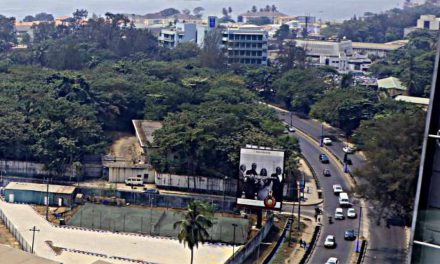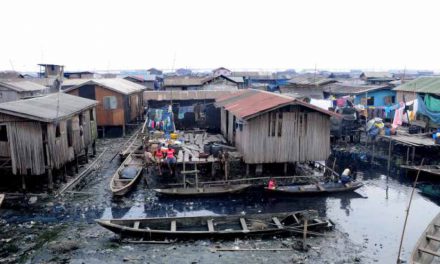The Nigerian government urgently needs to invest in strategic foresight and integrated long-term planning to set the country on a path of growth and prosperity. By 2040 and based on current trends, more than 360 million people are expected to live in Nigeria of which over 140 million are likely to live in extreme poverty or on less than USD 1.90 a day. Reversing this trend requires good policies rooted in evidence and sound planning. During President Muhammadu Buhari’s speech on Democracy Day in June 2019, and again when he addressed the United National General Assembly in New York in September later that year, Buhari promised that his government would lift 100 million Nigerians out of poverty over the next ten years. He did not explain how this promise would be fulfilled. Astute use of data and forecast can help frame action to translate such ambition into realistic policy plans.
Contrary to Buhari’s claim, the International Futures system (IFs), a global integrated modelling platform housed and developed at the Frederick S. Pardee Center for International Futures at the University of Denver (see Box 1), shows that the number of extremely poor Nigerians is set to rise by about 26 million over the coming decade. Projecting on where Nigeria is currently headed, more than 30 million more Nigerians are likely to suffer from extreme poverty by 2040. That is roughly equivalent to Ghana’s current population. In short, Nigeria is not on track to meet Goal 1 of the Sustainable Development Goals (SDGs) which is to ‘eradicate extreme poverty for all people everywhere’ by 2030. Nigeria’s government in setting ambitious targets needs to work with realistic data and models, explaining how it intends to reach set milestones. In other words, targets should be the result of comprehensive planning processes that factor in the best available data and different options for policy interventions.











